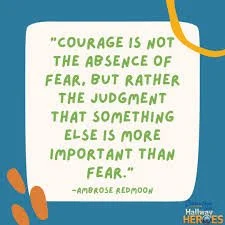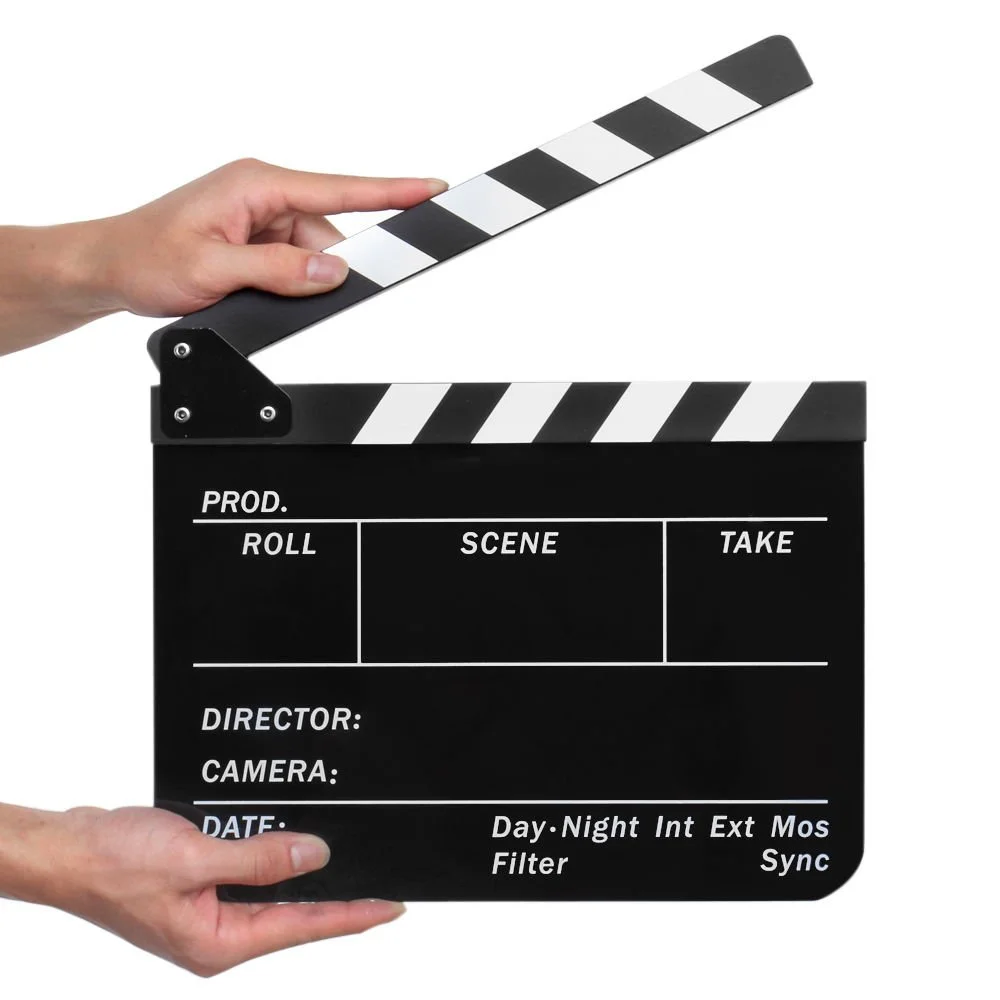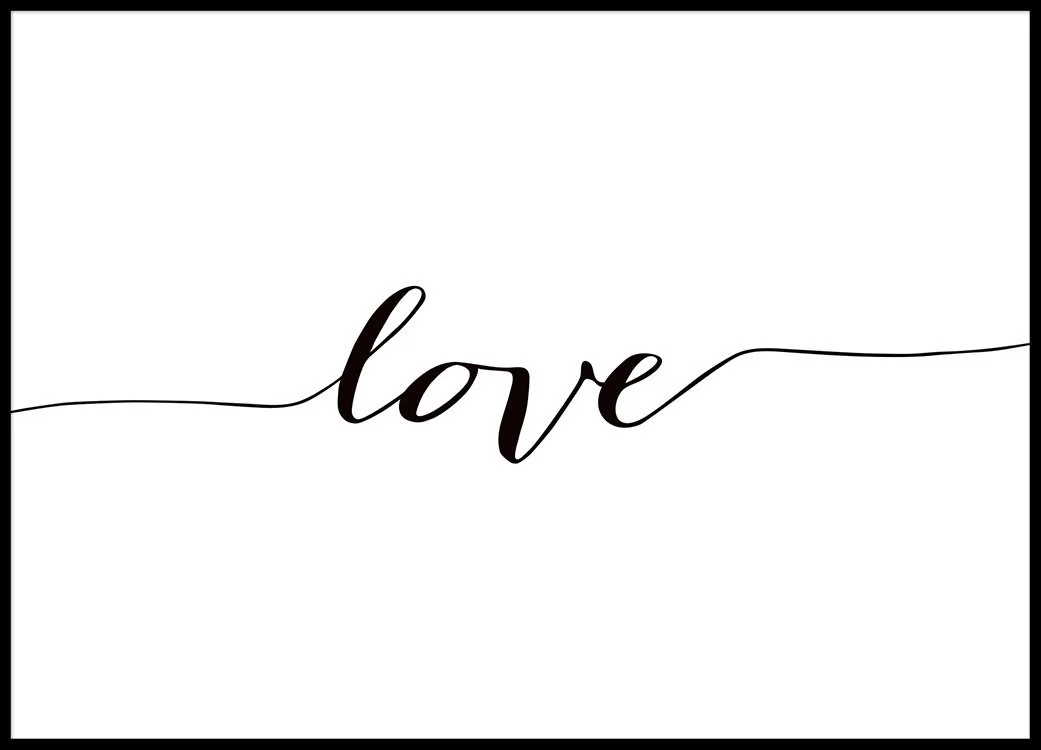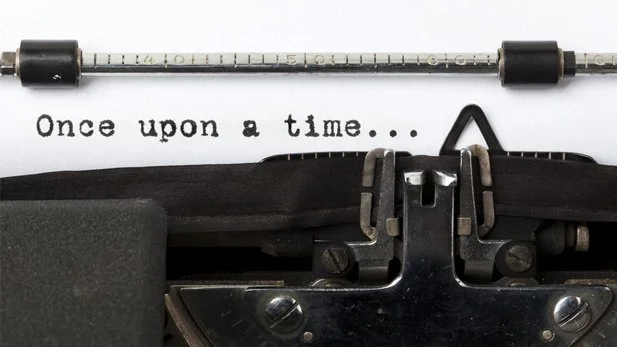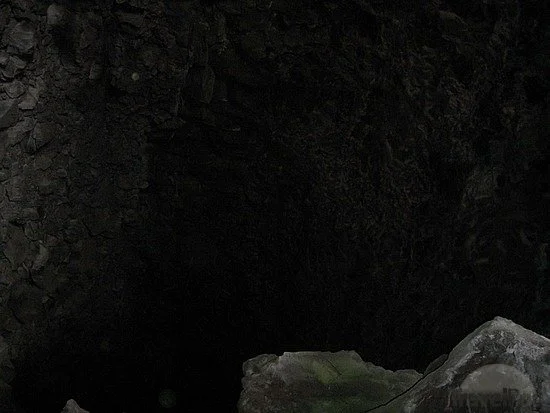Sloppy Enactments
Go ahead and send it across anyway. You'll get a block and maybe what they need more than anything is your response to it.
Pursuer and Withdrawer Myths
Hi. My name is Kelly and I'm a pursuer. Recovering, of course.
Go in Through the Front Door
We heard in grad school the very cunning ways of how to “go in through the back door.”
Grief and Attachment
When you are bonded, that bond is in the very fabric of your being. Physical death is something the heart can't understand, or accept. The physical presence leaves, but the bond stays and your brain can't make the separation so quickly.
Action Tendency Questions
If clients can't make the connection between real life (protective behaviors/reactive emotion) and the "new conversation" (therapy - slow and safe), then they'll never actually get to second order change.
Changing “Slow”
As I listened more, it dawned on me that we EFTers always say, "Go slow" and I think (especially for stage 1), we need to change that to "Go boldly IN" - it's a really active move for the therapist. Slow has a passive connotation.
EFT Superpower
I used to hide the fact that I'm hearing impaired. I wouldn't say I was ashamed of it, I just didn't want it to be a focus. I've always wanted to be "normal." Well. Guess what? I'm not normal - and it's a good thing! (That only came after my own therapy).
Reflecting Emotion
A reflection - with emphasis on attachment and emotion is a skill that takes years to perfect, but also the simplest, most effective way of being with your client. Only then, can we intervene and ask a question or help link to action tendency.
The Price of Love
I've noticed that a lot of couples think the goal of therapy is to not cycle. Even after we validate their action tendency/secondary emotions - they still get the message that the goal is to just not do that.
The “F” in EFT
I've been reminded lately of how important the F in EFT is (Focus). Clinicians (myself included) get so caught up in what step/stage we're in so we can "go for the kill" and have that magical EFT moment, that we lose sight of the basics.
The Opener
Just like a writer has angst over how to start a novel, we think about : "How do you start a session as an EFT therapist?"
Attachment Reframes
To define it: when we reframe with attachment, we're assuming the pain is relational. We have to really listen closely to understand and let the pain come - but we're going to go ahead and take the relational stance. That this wouldn't be painful if we weren't meant to be wired for connection.
Open with a Mission
I imagine it to be like going through a dark cave. EFT therapists generally know the way around the cave. They have the map that fits caves in general. But every cave has to be explored because each cave is unique.
Connection. Who Needs It?
You know how all good things overlap? It seems that truth is truth everywhere. For example, what's true about good parenting seems to also be true about good therapy.
Tape Your Sessions!
You know that overwhelming feeling: "I think I'm not quite doing this right, but I'm not sure what I'm missing?" I'm confident taping sessions and watching them back is the only way to turn that overwhelming feeling into an action plan.
Confusing Content
Here's where we as EFT therapists can get stuck: when everything about the content of a session screams attachment! We want to set up conversations that help communicate attachment longings and fears - bonding conversations. It's so tempting to stay with the content when a client is "saying the right thing."



